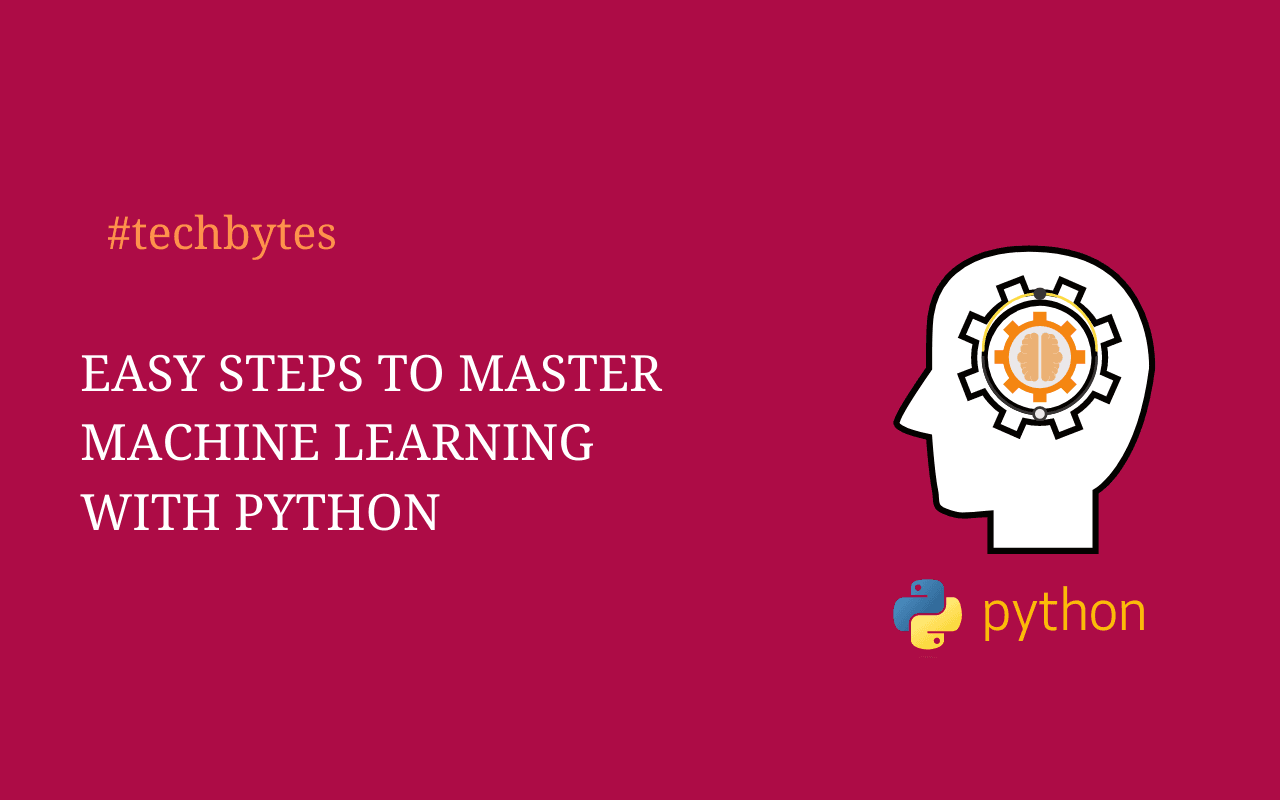
How to Learn Python for Data Science In 7 Steps ?
How to Learn Python for Data Science In 7 Steps??
Python is a programming language that has become very popular as you can use it to do numerous tasks. This includes building websites, machine learning algorithms, and almost everything else in-between. Incorporated into this programming language are numerous tools and libraries that are invaluable to data scientists as they explore huge datasets. All this has made the Python certification among the most desired programming language.
Therefore, it is clear that you need to learn Python for data science, but where do you start? If this is something you want to learn, read through this article on the seven steps of learning Python.
Step 1: Understand The Python Basics
Python is considered the best introduction to programming for university students due to its simple syntax. Its programs are easy to write, read, and understand. When using Python, you do not need to be a skilled programmer since it simplifies your machine leaning path.
This first step entails learning all the main general concepts in programming. These concepts do not necessarily need to be exclusive to Python and can be used on other programming languages too. Most of the programming languages are fairly identical, and knowing these similarities will make understanding Python fairly simple. This will also be crucial in the future when you are looking to learn other programming languages.
The basic concepts you need to learn at this stage include variables, data types, operations, functions, conditionals, loops, and many others.
Step 2: Understand The Foundation of Machine Learning
Whereas machine learning appears to incorporate many processes and concepts that are highly-technical, it is not as hard as you would think. When studying data science machine learning, you need to start with the fundamental subjects. Some of the concepts you need to master for machine learning are;
- Statistics
- Mathematics
- Data wrangling and analysis
- Programming languages
- ML algorithms
Step 3: Python Packages
This is the main reason why Python Packages is considered to be machine learning. Once you have worked with the prerequisites named above, you now must be well conversant with the Python libraries that are required for ML. Whereas the built-in Python libraries are more than capable of doing machine learning, you can also decide to import additional external libraries. Some of the most popular choices that are used in ML are Pandas, Scikit-Learn, Matplotlib, and Numpy.
Step 4: Python Machine Learning
The next step to advance your machine learning path is to perfect machine learning and pre-processing data methods. What is needed for this step is not data but instead, high-quality data, and it is here that data-processing is needed. This process involves;
- Data pre-processing
- Examining data
- Visualizing data-universe plots
- Envisioning data-multivariate plots
Understanding machine learning methods are the most potent weapon in machine learning. However, contrary to what most people think, algorithms and machine learning techniques are very different. This is because, with algorithms, an output is needed from the provided input, while machine learning techniques are the systems of solving an issue.
Some of the essential machine learning techniques you need to know to help perfect include;
- Clustering
- Regression
- Classification
- Anamoly detection
Step 5: Machine Learning Algorithms
Algorithms are what make machines smart. Therefore, understanding machine learning algorithms is key to machine learning as machines. The reason for the algorithms affect how the machine behaves, so you need to first comprehend the theoretic part of these algorithms before selecting them with Python.
The algorithms which make machine learning a valuable technology are:
- Decision tree
- K-means
- Naïve Bayes
- Random forest
- KNN
- Support vector machine (SVM)
- Linear and logistic regression
Step 6: Try More Advanced Topics
Once you finish learning algorithms, the next step is understanding the advanced machine learning concepts that improve your proficiency in this classification. The best way to do this is by increasing the difficulty and scope of your projects. An excellent tip on how to do this is to try and scale up a tool, make a program run quicker, and make a tool beneficial to a bigger group of individuals. This also entails guiding a novice on ways of developing a project which you had developed earlier and several others.
Step 7: Learning Advanced Python
This is the final stage and is deep learning with Python, a data science machine learning aspect that drives everybody crazy. After adding Python to deep learning, it becomes a lot more fun working on such techniques.
However, what is deep learning, and what is its importance? For you to understand this, you should put your focus on deep learning topics such as;
- What is the importance of deep learning?
- Deep neural networks
- Artificial neural networks (ANN)
- Applications
Conclusion
After reading through this article, you now have a better understanding of how to learn Python for data science. This places you at an advantage when looking to discover the future of data science machine learning. Thanks to machine learning, not only the machines become smart but also humans.


